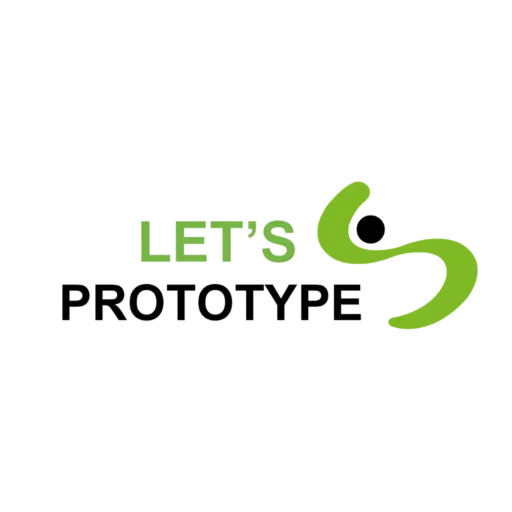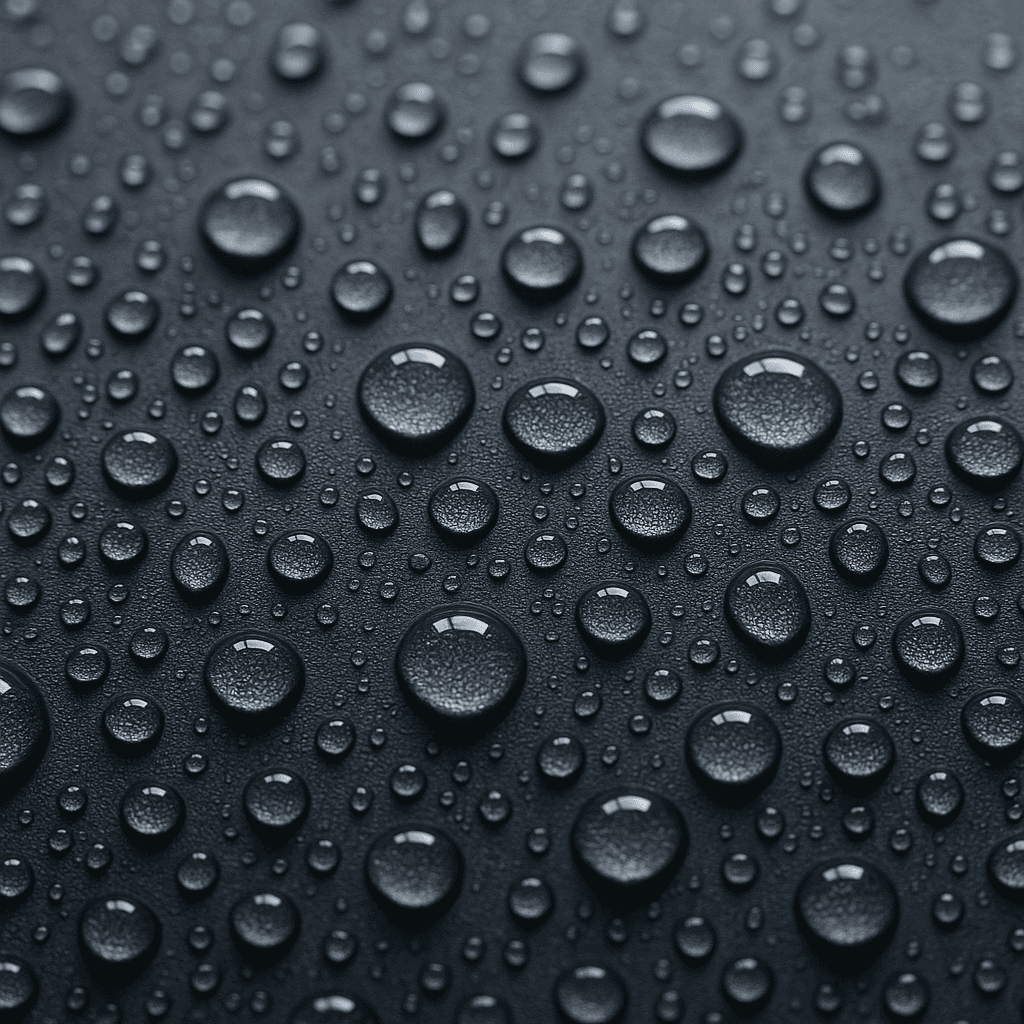Design and Manufacturing of Watertight 3D Parts: Instruction Guide
The design of watertight parts and their manufacturing through 3D printing represents a non-trivial technical challenge in the prototyping industry. Unlike traditional industrial manufacturing techniques, 3D printing is a layer-by-layer shaping process carried out in a much cooler environment and less conducive to material fusion.
By watertight part definition, we refer to the design of parts that, once manufactured, prevent the passage of liquids or gases through their surface. The challenge of designing watertight parts for 3D manufacturing lies precisely in the natural inconsistency (due to the fabrication method) of the resulting parts, depending on the chosen 3D manufacturing method.
Below, we list some of the measures we take at Let’s Prototype to achieve watertight parts for prototype assembly. Some of these measures will affect the part design process, while others will specifically refer to the watertight part manufacturing cycle.
Useful tips for designing watertight parts for subsequent manufacturing.
Below, we share some tips for designing watertight parts, always with a view to their subsequent production using 3D manufacturing methods. This specification is important because, in the future, when the industrial manufacturing of the product is required, a slight redesign of the part will also be necessary to adapt it to new production methods, which are generally more suitable for manufacturing watertight parts.
Wall thickness: To achieve watertight 3D parts, it is important to ensure the walls have a thickness greater than 2 mm. In some parts, depending on their use, this design may seem slightly oversized; however, based on our experience in prototype manufacturing with these characteristics, walls below this thickness often pose a risk of liquid leakage after the initial watertightness tests on the prototype.
Surface regularity: To design watertight parts that prevent fluid leakage, it is essential to maintain stable geometries—meaning avoiding sharp edges or substantial changes in section across the surface of the part design. These shape variations in the design, although fully feasible for 3D printing, can weaken the waterproofness of the parts.
Joints in the design: The design of parts often requires joints or seams, which are critical elements for watertight design. The inherent tolerances of prototyping methods pose a risk to the watertightness of the parts. For this reason, when such joints are unavoidable, the design should incorporate O-ring channel features or utilize raised profile design techniques to ensure a watertight connection between parts.
Avoid unsupported bridges: The use of supports in the design, essential for the shaping of the designed parts, is critical to achieving watertight 3D-printed parts. Our industrial design team strongly recommends minimizing and avoiding, whenever possible, the use of bridge-like or overhanging surfaces without robust support within the part. Excessive use of support structures enables a more compact and sealed result during the fabrication of watertight parts using 3D printing.
Gentle slope design: If the part requires slopes or curves in its geometry, to ensure a watertight part design, it is essential to minimize the use of sharp angles in the design. These angles in the design of watertight parts can lead to porosity.
3D Printer Settings for Manufacturing Waterproof Part Designs
To materialize waterproof part designs in 3D, proper calibration and configuration of 3D printer settings is essential. Below, we provide useful information to establish printing parameters for watertight parts using FDM and SLA technologies, which are the most commonly used methods in prototyping labs.
FDM Printing Parameters for Manufacturing Waterproof Parts
Layer height: Layer height refers to the thickness of each individual layer added during the shaping process of the watertight part. In these cases, a layer height of 0.1 mm is highly recommended to achieve more compact parts.
Infill: The infill setting for manufacturing part designs refers to the amount of internal material fill within the part. Considering the nature of 3D printing, to achieve watertight designs, it is essential to configure a 100% infill.
Extrusion temperature: The material extrusion temperature during the shaping process of a watertight part should be set high. This allows for better fusion between layers and helps prevent pores that could compromise the watertightness of the part.
Line width: The line width should be slightly larger than the 3D printer nozzle. Specifically, at Let’s Prototype, we set the printer's line width to 0.45 mm.
Number of perimeters: The perimeter setting for manufacturing waterproof parts should always be greater than 3 perimeters on the outer wall.
Material flow: The material flow setting for watertight parts should be adjusted between 105% and 110% in case of under-extrusion.
Post-processing: The post-processing of 3D-printed parts is critical for achieving a functional prototype aesthetic that closely resembles the appearance of final products. However, when it comes to creating watertight parts, post-processing is not only for aesthetic purposes—it is also the key step for sealing any potential pores that could compromise the waterproofness of the parts.
In watertight part designs manufactured with 3D printing, the post-processing stage often involves manual techniques such as the application of epoxy resins or other sealant coatings. We even apply photosensitive resins for subsequent curing of the part.
SLA Printing Parameters for Manufacturing Watertight Parts
If the watertight part design is materialized using SLA printing techniques, it is essential to choose Tough-type materials. This family of resins is compatible with the properties of industrial-grade materials.
Another useful tip for manufacturing watertight parts with resins using SLA is to ensure the longest possible curing time. This process guarantees maximum part strength.
The curing process of watertight parts is so crucial to avoid pores that may compromise seal integrity, that at Let’s Prototype we subject each watertight part to a post-curing process involving UV exposure in cycles exceeding 30 minutes.
Recommended Materials for Manufacturing Watertight 3D Parts
Whether using FDM or SLA manufacturing methods, selecting materials that ensure optimal interlayer adhesion is essential. In the production of watertight prototypes, we commonly use the following:
FDM: TPU, PETG, ABS + Acetone, Nylon.
SLA: Tough resin family, flexible resins, and TPU.
How to Test the Watertightness of 3D-Printed Parts?
Before assembling the prototype that requires watertight components, the most critical parts must undergo standard watertightness tests for prototyping. Specifically, in our lab, we perform the following:
- Air and water pressure test: Use of custom-built chambers that allow intuitive connection of submerged enclosures and pressurized air compressors.
- Vacuum test.
- Isopropyl alcohol test: Used to detect microleaks that are not visible to the naked eye.
There are other techniques for manufacturing watertight part designs, which involve manual or low-scale methods to obtain these waterproof components, ranging from CNC machining to rapid cold molding.
If you need a design evaluation of the most critical parts of your product idea, we’ll be happy to help.

